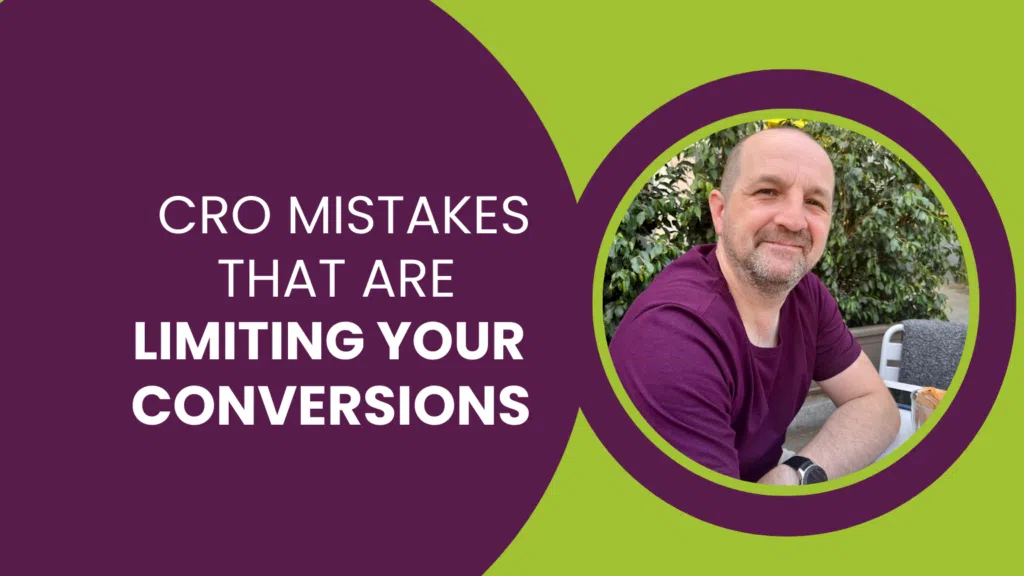What is Google Ads’ daily budget?
The daily budget in Google Ads refers to the maximum amount of money you’re willing to spend on a particular campaign per day. This budget is set by you, and it represents the cap on your daily advertising expenses. Once your ads reach this budget limit, they will typically stop showing for the remainder of the day. When setting up a campaign in Google Ads, you specify the daily budget as part of your campaign settings. It’s an essential parameter that helps you control your overall advertising expenditure and ensures that you don’t exceed your financial limits.
Keep in mind that the actual amount spent may vary slightly due to factors like bid adjustments, competitive bidding, and changes in ad traffic throughout the day. Setting an appropriate daily budget is crucial for managing your advertising costs and achieving your campaign objectives.
How does Google Ads Budget work?
In Google Ads, the daily budget denotes the average daily expenditure for each ad campaign, specified in British Pounds (£). The actual spending is contingent on the cost-per-click (CPC) rate and the daily budget reflects the advertisers’ comfort level with the approximate daily expenditure over a month.
For instance, if an advertiser sets a daily budget of £100, Google Ads will strive to allocate around £100 per day for their campaign. It’s crucial to understand that Google Ads interprets the daily budget as an average, allowing for flexibility in spending patterns.
On certain days, the expenses may peak at £200, while on others, it might dip to £30. However, across the month, the average spending will hover around £100 per day. This adaptive approach empowers advertisers to effectively manage their ad costs, ensuring their campaign aligns seamlessly with the designated budget without being bound by rigid daily limits.
Why is Google Ads going over my daily budget?
There could be several reasons why your Google Ads campaign is exceeding its daily budget. Here are some common factors to consider:
Ad delivery method: Google Ads allows for two main ad delivery methods – Standard and Accelerated. If you choose the “Accelerated” option, your ads may be shown more quickly, potentially leading to a quicker depletion of your daily budget.
Bid adjustments: If you have bid adjustments set for specific demographics, locations, or devices, it can impact your ad spend. Make sure to review and adjust bid modifiers accordingly.
Bid strategy: Your chosen bidding strategy can also affect how quickly your budget is spent. For example, if you’re using a manual CPC (cost-per-click) strategy with high bids, your budget may be exhausted more quickly.
Campaign settings: Check your campaign settings to ensure that you have set a reasonable daily budget and that any additional settings align with your budget goals.
High competition: If you’re targeting highly competitive keywords or your industry is competitive, the cost per click (CPC) may be higher, leading to quicker budget exhaustion.
Changes in competition and demand: Market conditions can change, impacting the cost of advertising. If there’s an increase in demand or competition for your keywords, it could lead to higher CPCs.
Ad scheduling: If your ads are scheduled to run only during specific hours, and those hours are highly competitive, it may contribute to faster budget depletion during those times.
Ad extensions: Using ad extensions can increase the visibility and effectiveness of your ads, but they can also contribute to higher costs if users engage with them more frequently.
How much can Google Ads overspend?
Google Ads may overspend by up to 2 times your average daily budget in a day, but over the course of a month, the total spend will not exceed 30.4 times your average daily budget. This is known as the “over-delivery” feature.
If your daily budget is set in British Pounds (£), Google Ads may overspend by up to 2 times your average daily budget in a day. Over the course of a month, the total spend will not exceed 30.4 times your average daily budget.
For example, if your daily budget is £50, Google Ads might allow spending up to £100 in a single day but would ensure that, on average, you don’t exceed £50 per day over the course of the month. This is part of Google Ads’ overdelivery feature designed to enhance the visibility of your ads during periods of increased traffic or competition. It’s important to monitor your campaign regularly and adjust your budget settings as needed to align with your financial goals.
How do I stop Google Ads from overspending?
To prevent Google Ads from overspending, you can take several steps to manage and control your budget effectively:
Adjust your daily budget: Consider reviewing and adjusting your daily budget to a more manageable amount. You can do this in the campaign settings of your Google Ads account.
Set campaign end dates: If your campaign has a specific timeframe, consider setting an end date for it. This helps ensure that your ads don’t continue running indefinitely, potentially exceeding your budget.
Use ad scheduling: Specify the times of day when your ads should be active. By doing this, you can control when your budget is most likely to be spent and avoid unnecessary expenses during less critical times.
Monitor bid strategies: If you’re using automated bid strategies, review and adjust them to align with your budget goals. Automated bidding can impact how your budget is spent, so it’s crucial to ensure it’s in line with your overall strategy.
Regularly review campaign performance: Keep a close eye on your campaign’s performance, especially in the initial stages. Monitor the spending, click-through rates, and conversions to identify any issues and make adjustments accordingly.
Use ad extensions wisely: While ad extensions can improve ad visibility, they may also contribute to higher costs. Evaluate the performance of your ad extensions and consider adjusting or disabling those that are not providing significant value.
Check ad delivery settings: Review your ad delivery settings and ensure you’re using the Standard delivery method rather than Accelerated. The Standard method helps distribute your ads evenly throughout the day, preventing a quick depletion of your daily budget.
Implement bid limits: You can set bid limits for your campaigns or ad groups to control how much you’re willing to pay for a click. This can help prevent overspending on individual clicks.
Remember to regularly monitor and adjust your settings based on the performance of your Google Ads campaign. If you find that your budget is consistently being exceeded, it’s important to make strategic changes to bring your spending in line with your advertising goals.
How do I change my daily spending limit on Google Ads?
To change your daily spending limit on Google Ads, follow these steps:
Sign in to your Google Ads account:
Go to https://ads.google.com
Enter your Google Ads account credentials to log in.
Navigate to the campaign you want to adjust:
From the left-hand menu, click on “Campaigns.”
Access campaign settings:
Click on the name of the campaign for which you want to change the budget.
Adjust the daily budget:
Once inside the campaign, click on the “Settings” tab.
Look for the “Budget” section, where you’ll see your current daily budget.
Click on the pencil icon or “Edit” button next to the budget amount.
Enter a new daily budget:
In the pop-up window, you can enter the new daily budget amount you want for the campaign.
Click “Save” or “Apply” to confirm the changes.
Review and confirm:
Before finalising the changes, review the summary to ensure the new budget aligns with your advertising goals.
If everything looks correct, confirm the changes.
Remember that changes to your daily budget may take some time to reflect in your campaign’s performance metrics. Google Ads may take a few hours to adjust the pacing and delivery of your ads based on the new budget.
It’s a good practice to monitor the performance of your campaign after adjusting the budget to ensure that it aligns with your advertising objectives and doesn’t lead to overspending or underspending. Regularly reviewing and optimising your campaign settings will help you achieve better results within your budget constraints.







